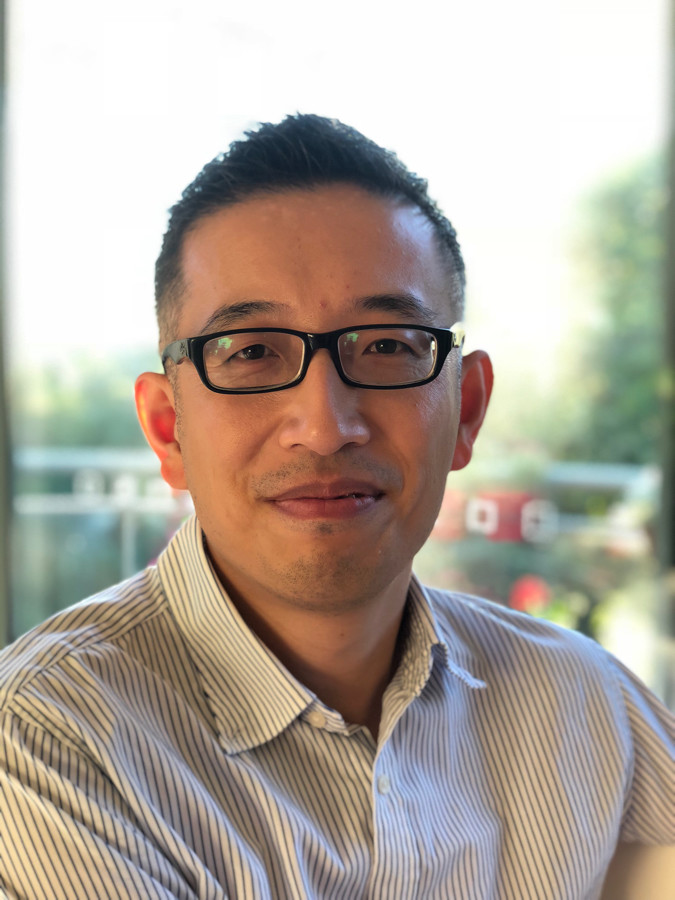I had the pleasure of joining the IEEE Early Career Program Summit 2025 panel on “Bridging Academia and Industry in Computing.” It prompted me to reflect on two lessons I wish I’d learned much earlier in my career—because the conventional wisdom I heard early on turned out to be deeply limiting.
🔻 𝐌𝐈𝐒𝐆𝐔𝐈𝐃𝐄𝐃 𝐀𝐃𝐕𝐈𝐂𝐄 #𝟏: “𝐃𝐨𝐧’𝐭 𝐬𝐡𝐨𝐰 𝐥𝐨𝐰-𝐓𝐑𝐋 𝐫𝐞𝐬𝐞𝐚𝐫𝐜𝐡 𝐭𝐨 𝐢𝐧𝐝𝐮𝐬𝐭𝐫𝐲. 𝐃𝐨𝐧’𝐭 𝐦𝐢𝐱 𝐬𝐩𝐞𝐜𝐮𝐥𝐚𝐭𝐢𝐯𝐞 𝐚𝐧𝐝 𝐜𝐨𝐦𝐦𝐞𝐫𝐜𝐢𝐚𝐥 𝐰𝐨𝐫𝐤.”
This sounds practical—keep early-stage, high-risk ideas separate from commercialisation and industry collaboration projects to avoid falling into the infamous two “valleys of death” you have to cross:
– Valley of Death 1: The gap between basic research (TRL 1-3) and applied development (TRL 4-6), where promising concepts often fail due to lack of funding or practical validation.
– Valley of Death 2: The gap between prototype development (TRL 6-7) and commercialisation (TRL 8-9), where technologies struggle to secure investment or market adoption.
But here’s the lesson I learned the hard way:
👉 The most successful projects I’ve seen do exactly the opposite.
They expose low-TRL ideas to industry early to develop them in context. They manage risk by embedding fallback options, investing small, and leveraging mature support technologies. In today’s software and AI ecosystems, where timelines compress from years to weeks, isolating speculative work is costing you real competitive advantage.
🔻 𝐌𝐈𝐒𝐆𝐔𝐈𝐃𝐄𝐃 𝐀𝐃𝐕𝐈𝐂𝐄 #𝟐: “𝐒𝐭𝐚𝐧𝐝𝐚𝐫𝐝𝐬 𝐚𝐫𝐞 𝐛𝐨𝐫𝐢𝐧𝐠 𝐬𝐮𝐦𝐦𝐚𝐫𝐢𝐞𝐬 𝐨𝐟 𝐞𝐬𝐭𝐚𝐛𝐥𝐢𝐬𝐡𝐞𝐝 𝐠𝐨𝐨𝐝-𝐞𝐧𝐨𝐮𝐠𝐡 𝐩𝐫𝐚𝐜𝐭𝐢𝐜𝐞𝐬.”
The assumption goes: standards are slow, conservative, and reflect the lowest common denominator of what’s already widely adopted. Meanwhile, real research—the state-of-the-art—is happening far ahead in academia and research labs.
But here’s the lesson I’ve learned through direct involvement:
👉 Standards, especially in fast-moving fields like AI, are themselves exciting research.
Defining how to test LLM robustness, watermarking synthetic content, measuring fairness or reliability—these are not solved problems but needs to be standardised in some way for assuring trust and regulatory conformance. They require new science, interdisciplinary thinking, and real-world constraints baked in.
CSIRO’s Data61 is leading the work on Australia’s AI safety standards, watermarking/labelling guidelines, risk threshold setting with Australian industry, and working with AI labs like OpenAI and Google via the Frontier Model Forum on measurement and evaluation to advance of science of evaluation and measurement for AI and agent systems. https://lnkd.in/gJvMTHWB
Thanks again to the organisers and fellow panellists for a lively and thoughtful session. I can’t resist pasting a time-suited accompanying picture to celebrate the arrival of AGI.
About Me

Research Director, CSIRO’s Data61
Conjoint Professor, CSE UNSW
For other roles, see LinkedIn & Professional activities.
If you’d like to invite me to give a talk, please see here & email liming.zhu@data61.csiro.au
